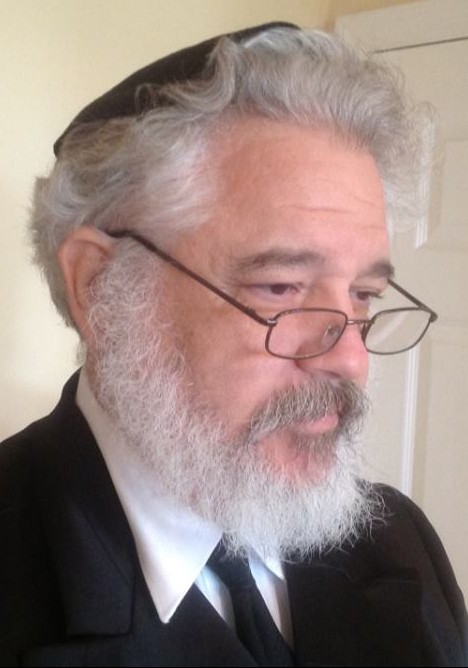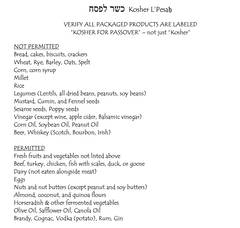Chagiga
| Author | |
| Date Added |
Rabbi Steven Bernstein
March, 2014
Deuteronomy 16 commands us to bring an offering to the Temple, a special offer, for each of the 3 pilgrimage festivals; Pesach, Shavuot, and Succot. We are not to come to the Temple for these festivals empty-handed. In Temple times, this commandment was fulfilled with the bringing of the Festival offering, called the Chagiga. Every man coming to the Temple for the Festival was required to bring an offering. So, every man coming to the Temple would bring a lamb or a goat for the sacrifice for every Festival. Talmud teaches us that the requirement for every man to bring the offering means that each individual who brings the offering must understand what he is doing. Consequently, children of school-age who were able to comprehend the meaning of the sacrifice were required to bring the sacrifice. In Temple times this was understood to be age 6.
The Chagiga was an integral part of every pilgrimage festival taking place in the Temple. Every Pesach, Shavuot, and Succot, every male, age 6 and over, brought this offering. If you were traveling from far away, you would bring money and convert it to Temple Shekels, or bring Temple Shekels if the money had already been exchanged. With the holy (Temple) Shekels, you would purchase a lamb or goat from the Kohayn’s herds. The sacrifice would be thoroughly examined to assure there was no blemish and you would accompany your sacrifice into the Azarah, the inner courtyard of the Temple. When your turn came, Kohayns would hold your sacrifice one Kohayn would approach with an anointed knife, as sharp as they could make it. Another Kohayn would lay his hands on the head of the sacrifice left hand over right, and he would lean, samach, on the head of the animal. The Kohayn with a knife would make the cut, the shechita. Yet another Kohayn would collect the blood in an anointed bowl for the sprinkling on the altar. The Kohayns would then proceed with the nikkur, the butchery of the animal. The fat of the kidney would be separated and brought up to the fire on the altar and roasted to go up in smoke as Torah commands. The rest of the cuts of meat would be brought up on to the altar and you would be given the choice of having the meat stewed in a pot, or roasted over the fire. When the meat was cooked, the Kohayns would take their portion and you would receive the rest of the meat to bring home and eat. This food was designated terumah, or, food that has been dedicated to the Temple, so a washing of the hands was necessary before consuming it. After the hand washing, everyone could sit down for the festival meal.
For Pesach, in Temple times, every male had the Chagiga offering for the Seder meal. In fact, this was the bulk of the meal. Because there were so many visitors, every Seder had many families. The Seder required only one Pesach offering, but every male at the table had offered a Chagiga offering. So for the meal, the Chagiga offering was eaten, and the Pesach offering was
reserved till the end to make certain that everyone was given a piece of the Pesach offering to eat as Torah requires. The Pesach offering was passed out to everyone at the conclusion of the meal on a piece of matzoh, this was known as the afikomen.
In Yeshua’s time, the population of Jerusalem was approximately 700,000 people. During the festival, this population grew to an estimated 3 million. Close to half the population was required to bring the Chagiga, so conservatively, there were over 1 million sacrifices for the Chagiga alone. Obviously this is not physically possible in a one day period. However, Talmud teaches us that the rules of time and space were suspended in the Temple itself.
On the day of Yeshua’s execution, over 1 million sacrifices of the Chagiga were being brought in the Temple. This is in addition to the Pesach which was also being brought in the Temple on that day. This was an enormous amount of activity centered in the Temple, so it is easy to understand that even if a few thousand people were witness to the execution of our Messiah, it was still a sidelight on that day relative to everything going on in the Temple itself. It was certainly not a major event in the lives of those living in and visiting Jerusalem for Pesach.
Tue, April 23 2024
15 Nisan 5784
Today's Calendar
| Pesach |
| Candle Lighting : 8:38pm |
Candle Lighting
| Tuesday, Apr 23, 7:38pm |
Havdalah
| Wednesday, Apr 24, 8:47pm |
SERVICES & STUDIES
SHABBAT Service - 11am
Adult Education Class - Shabbat 9:30am
Schul Events
Shacharit Pesach Service
Tuesday, April 23 @11am
Schul Passover Seder
Tuesday, April 23 @7:45pm
Shacharit Pesach Service
Monday, April 29 @11am
Community Events

Rabbi Doctor Steven Bernstein
MEMBERS & GUESTS
We are so very grateful to Villas Wesleyan Church for opening their doors to us so we can continue having services while looking for our own building.
We need to be excellent guests and this takes every one of us to accomplish, so here are some gentle reminders:
We need helpers for set up (30 minutes prior to each service)
We will have kiddish lunch / nosh as usual – watch for posted signs for where to set food
Bring your own coffee
No food allowed in the sanctuary
No drinks (except water) allowed in the sanctuary
Nursery facilities are available plus there’s a changing table in the lady’s restroom – whoever uses them is responsible for pick up, disinfecting, and removing trash
Everyone needs to clean up after themselves and their children
We need helpers for break down (move furniture back into position, wipe down surfaces, take out trash)
MANY HANDS MAKE LIGHT WORK! THANK YOU
Shul Information
(239) 246-3868


